Enabling new ways of using urban pubic space during the COVID-19 pandemic
Shortly after the spring COVID-19 lockdown, my neighborhood in Washington DC resembled a ghost town.
Bars, restaurants, and other retail stores started shutting down, while businesses, government offices, public libraries, schools, and parks were temporarily closed.
At night it was eerie. The silence was punctuated by occasional sounds of ambulances or fire truck sirens taking the next unfortunate person to the emergency room of the closest hospital.
Now that we know more about the corona virus, and how it is spread, many jurisdictions, business owners, educational institutions, and government offices have adjusted the manner by which they provide services to their customers, enable their employees to work, and students to learn. In general, over time these policies and practices have become more rational and less knee jerk in nature.
Most city parks and services have reopened but with restrictions. Signs prominently posted on the entrance to retail stores and other “third spaces” (semi-private locations), requiring customers to wear masks, and recommending that people social distance (not that everyone reads them or follows the directives), proliferate.
Most businesses, complying with recently passed city ordinances, are limiting the number of people who can be inside, and either setting up places where hand sanitizer is easily accessible or dispensing hand sanitizer upon entrance. Some urban public spaces like subway systems, and train stations have redoubled their efforts to clean surfaces, though much of this activity is simply hygiene theatre.
Many bars and restaurants (and retail stores) that survived appear to have done so by switching to take out orders through contactless on-line delivery, or curbside pick-up. Some eating establishments have even taken over nearby street parking spaces or parking lots to enable outdoor seating where social distancing is encouraged. Some jurisdictions have enabled pedestrian traffic by decreasing the speed limits on city streets, or closed down streets to encourage people to walk on the streets.
Still more needs to be done. As less people take public transportation for fear of contracting the virus, more creative solutions should be made for transportation, with a greater emphasis on pedestrian traffic and bike mobility. Where possible more roads should be closed to vehicular traffic and converted to pedestrian malls. More bike lanes should be constructed to enable cyclists to use them. Jurisdictions should be encouraged to give, or continue to give grants and interest free loans to small businesses to retrofit their business to operate in these times.
The future is now. In addition to implementing practices that will enable public space to be opened in a safe manner, we need to develop metrics to determine which ones work, including how these changes to our urban public space affect the constituent bodies that use them, and attempt to maintain them if they work for urban dwellers.

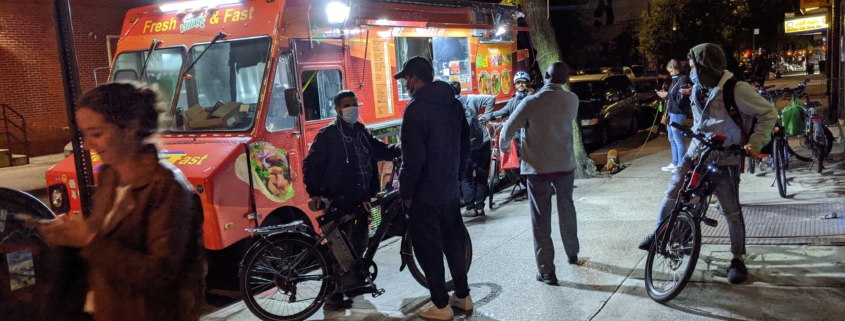
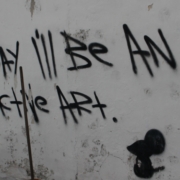
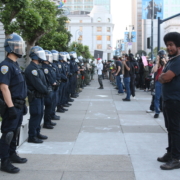 Creative Commons
Creative Commons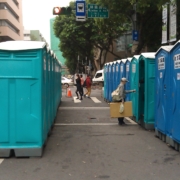
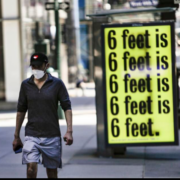
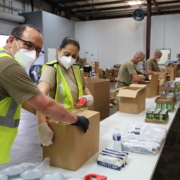
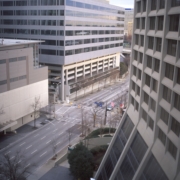
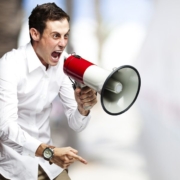
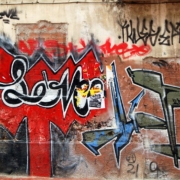


 Creative Commons
Creative Commons